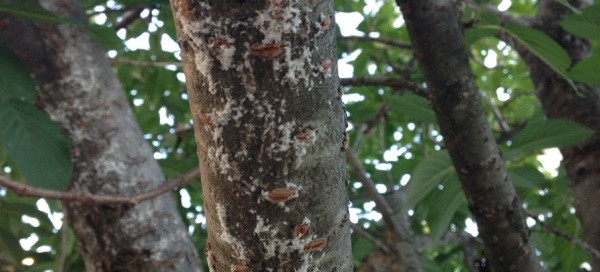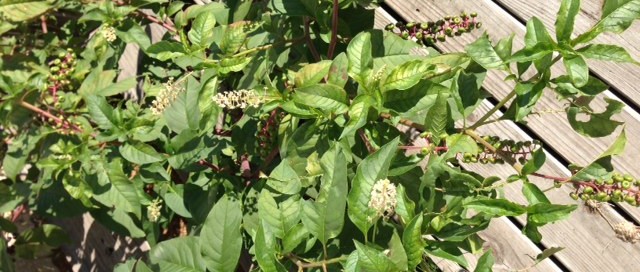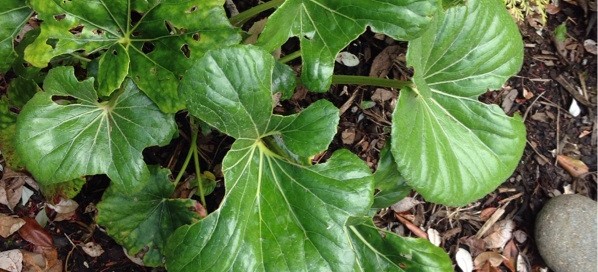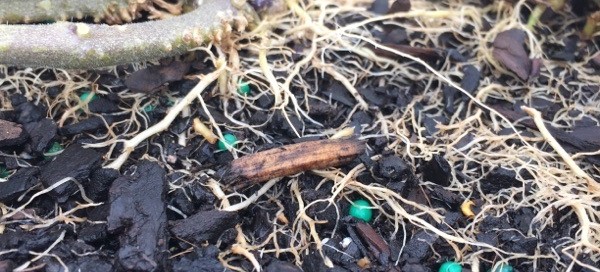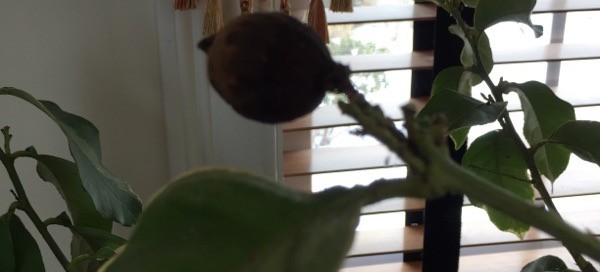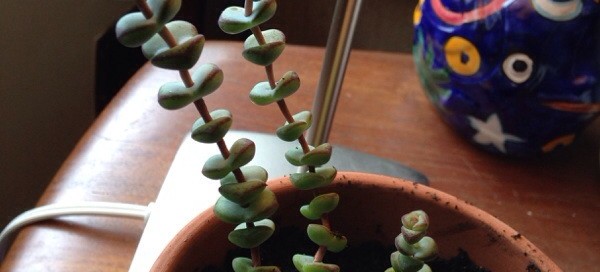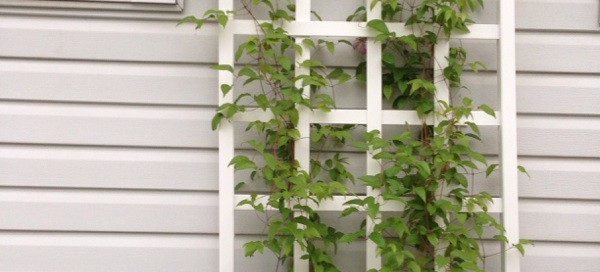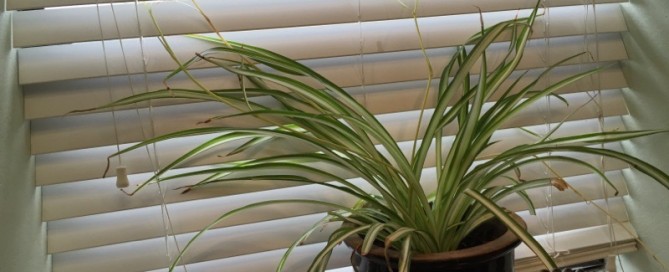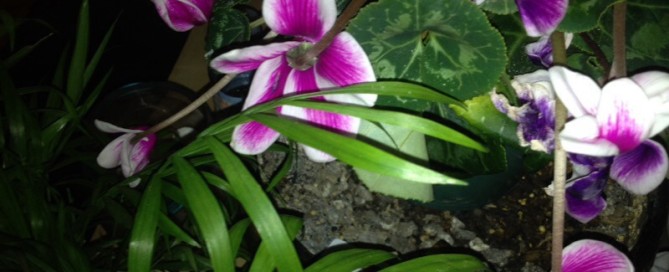Scale Or Mealy Bug On Cherry
You are probably correct that this is scale but there are also some white mealy bugs that attack Prunus species, so it could be either of these - without seeing it under a microscope sometimes it's difficult to tell which you have. Both are "sucking insects" - that is, they suck plant juices but don't bite and chew plant leaves. Both are best treated with either insecticidal soap or horticultural oil, available at your local garden center. Use according to directions. Don't be tempted to use a household soap or detergent as these commonly have other ingredients that can burn plants. You can read more about scales and mealy bug at this great website from University of Connecticut: http://www.hort.uconn.edu/ipm/nursery/caes_fs/caes_fs_scalepests.htm
